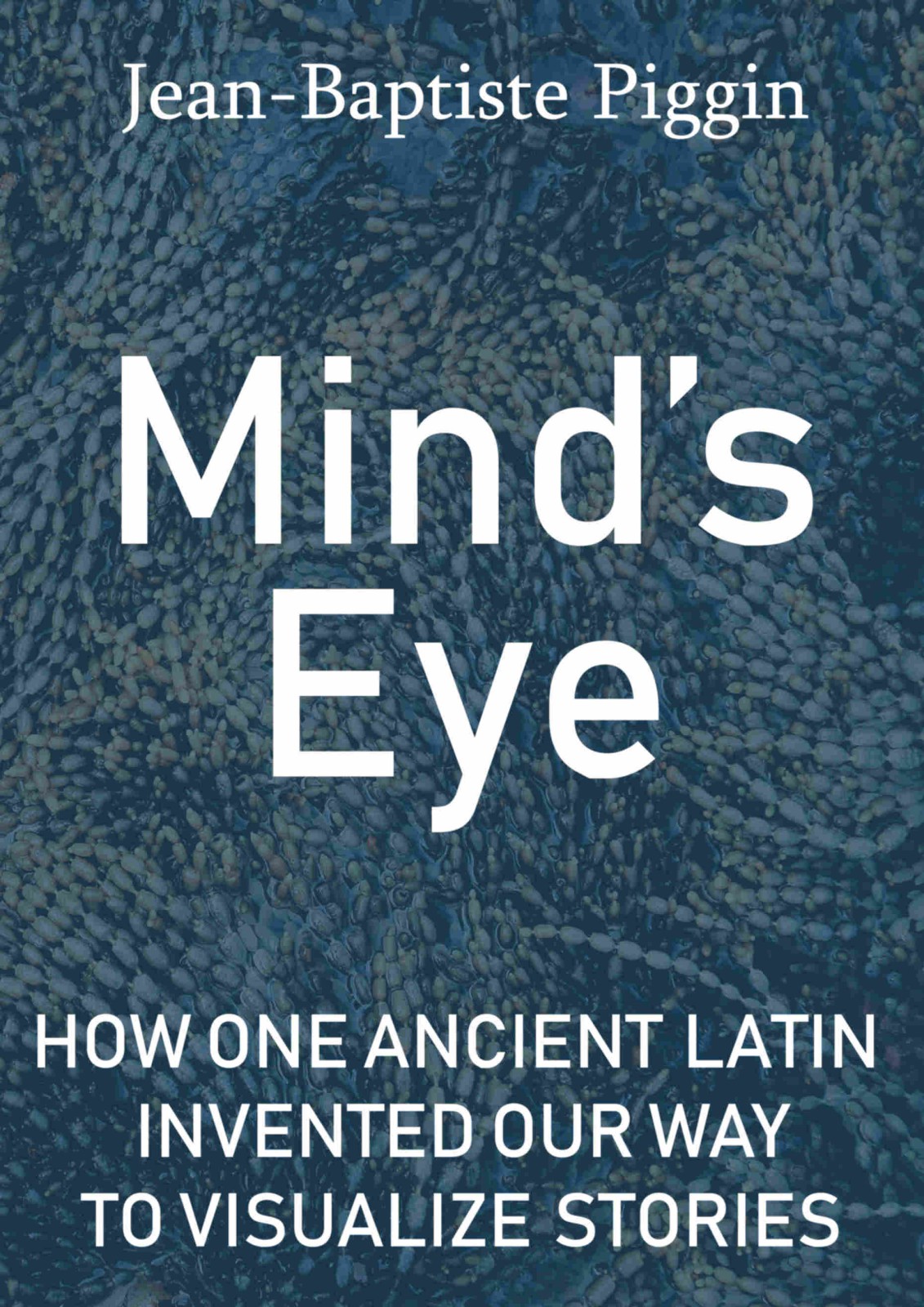So far this blog has not directed much attention to the
Compendium historiae in genealogia Christi, a 12th-century work by Peter of Poitiers which presents a completely new stemmatic diagram. Peter was a believer in the Trinubium, the three marriages of St Anne, and his vast genealogical infographic went into wide circulation in medieval Europe. There is no evidence the Compendium is adapted from the Great Stemma, though it seems plausible that Peter would have known of the Great Stemma and would have been inspired by it to design his own diagram
ab initio.
In his 1943 article in
Estudios Biblicos on the Great Stemma, Teófilo Ayuso claims that one of the codices where it is reproduced is a 14th- or 15th-century bible at the University of Barcelona, which his 1943 article terms Barc1, though it later becomes Barc3 in his
peculiar numbering. This is online: I found a
digital version yesterday. Its call number is Sig. Ms. 762. (There is another fine Barcelona University bible online,
Sig. Ms. 856, but this does not contain any stemmata.) Sig. Ms. 762 is described at volume 2, page 308 of Miquel Rosell's printed
catalog as follows:
Ff. 2-7. Genealogias. Inc.: De Cain. Cain agricola dolens ... Expl.: De Tiberio ..., sub quo Dominus est passus. It also contains an
Interpretationes Hebraicorum Nominum.
It is clear from only superficial examination that including this bible in the Great Stemma camp is another of Ayuso's blunders. The Barcelona bible very clearly contains the
Compendium diagram, not the Great Stemma.
This can be readily seen by comparing it to other codices. There are several good online presentations of the
Compendium. An impressive one is Ms Typ 216 at the Houghton Library of Harvard University, a roll-manuscript (probably intended for use as a wall-chart). It can be viewed in sections
here.
There is a finely drawn 12th-century (?) version in codex form in the Biblioteca Medicea Laurenziana in Florence, spread over 10 pages in an anonymous seven-folio document,
Plut.20.56 (5v is the final page of the diagram). An early 13th-century manuscript from England now in Paris,
Lat. 15254, contains the same chart. I expect there are many others, but this is what some searching today turned up. [An excellent starting point is
Nathaniel Taylor's survey, and I see the Met Museum also has a damaged
scroll which is online in
low resolution.]
As far as I know, there has been no printed version since the rather inaccurate
editio princeps of the
Compendium published by Zwingli in 1592, which differs in signal ways from the manuscripts above. MDZ offers it
digitized. I have not done a bibliography on the Compendium yet, but it is discussed at length by Christiane Klapisch-Zuber in chapter 6 of
L'Ombre des Ancêtres and there are some articles mentioned in a
footnote by Stork.



